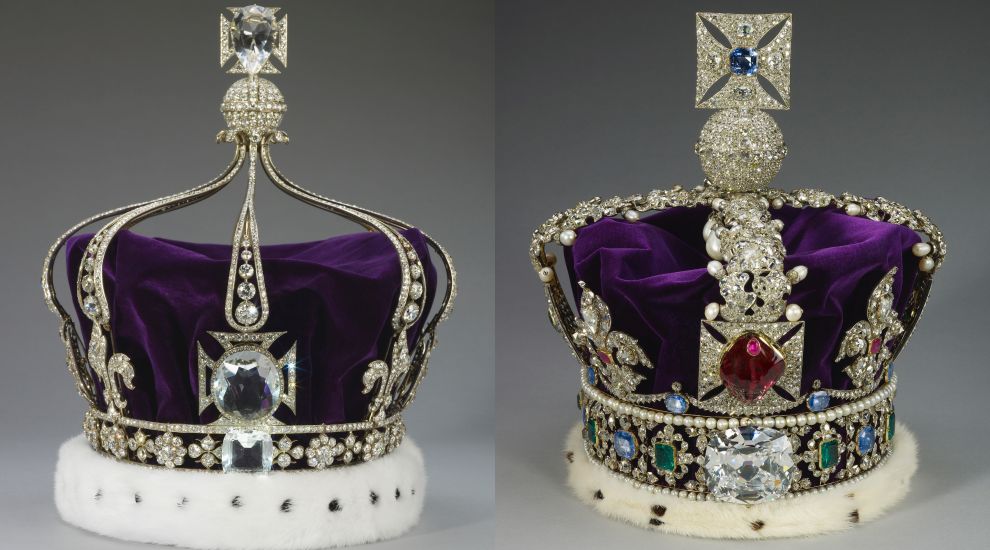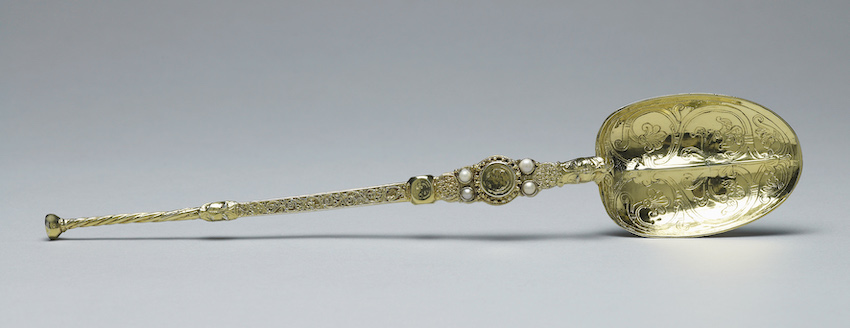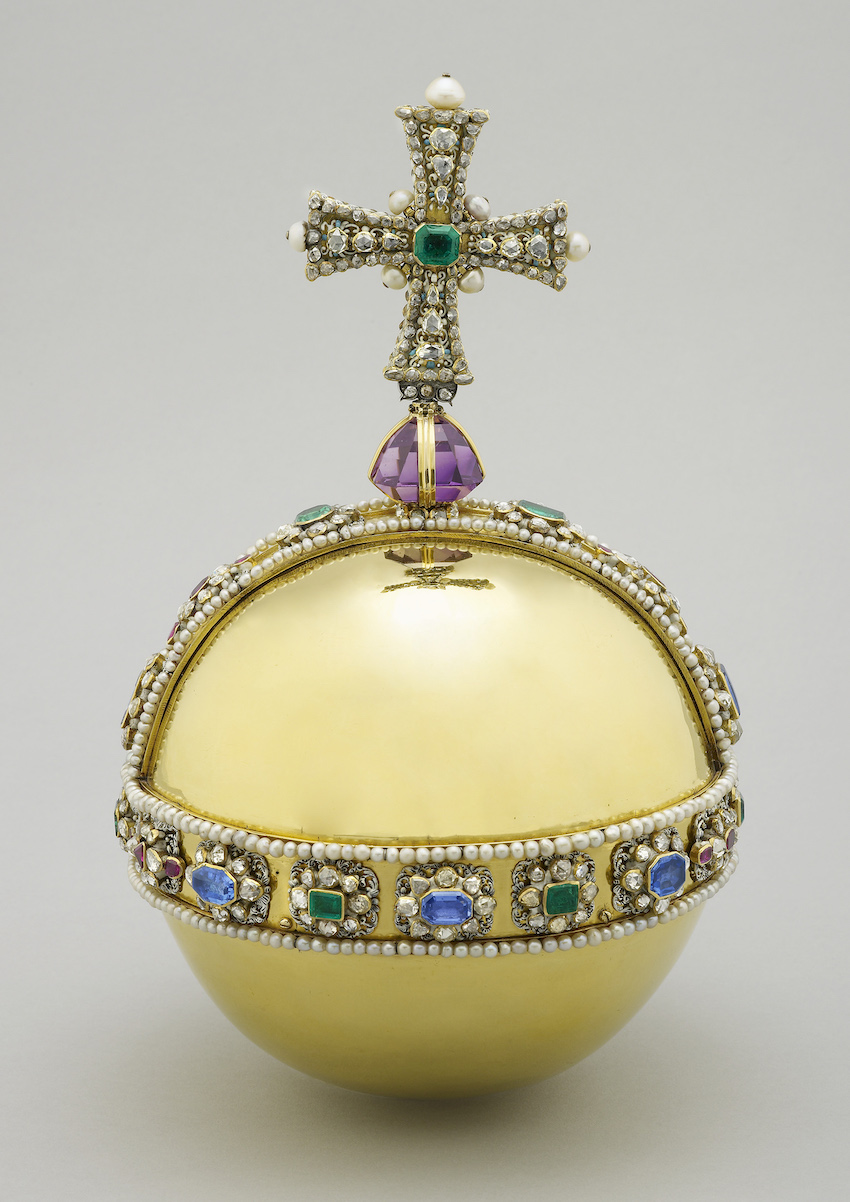


Sophie Marquis is a local gemstone specialist and has given her insight into the Coronation regalia:
"The 6th of May sees the coronation of King Charles III and The Queen. At the heart of the ceremony are The Crown Jewels. Housed in the Jewel House in the Tower of London these glistening treasures symbolise the responsibility of the monarch and the history of our nation. The Coronation Regalia comprises crowns, sceptres, bangles, rings and silver-gilt and gilt banqueting plate.
"Deeply symbolic each item represents a different role and duty. The oldest used at coronations is the silver-gilt spoon thought to date back to Henry II in the 1100s. The spoon survived being melted down by parliamentarians in 1649, as it was sold to the Yeoman of King Charles I’s Wardrobe who returned it for the coronation of Charles II.
"The spoon along with the gold Ampulla in the form of an eagle containing the Chrism oil (which was consecrated in The Church of the Holy Sepulchre in Jerusalem in March this year) will be used to anoint the King and The Queen. The story goes that the Virgin Mary appeared to St Thomas Becket with the original gold vial in the form of an eagle to anoint the future Kings of England."

"The Sovereign’s Orb, made of gold in the seventeenth century is divided into three sections with bands of jewels for each of the three continents known in the medieval period, is set with a superb amethyst, which at the time was one of the rarest and most precious gemstones. It represents the Sovereign’s power and the Christian world."

"The magnificent Sceptre with Cross placed in the right hand of the monarch in the service has been used at every coronation since 1661 represents temporal power and good governance. The sceptre features the incredible 530.2 carat diamond, The Cullinan I, also known as The Star of Africa. One of the largest cut diamonds in the world it was added to the sceptre in 1910, which then it had to be reinforced as the diamond is so heavy. The 3106 carat rough diamond was discovered at the Premier Mine in Pretoria in 1905 and named after the Chairman of the mining company Thomas Cullinan. In 1907 the stone was gifted to Edward VII as a symbol of peace between Britain and South Africa after the Boer War. Cutting and polishing of the diamond took eight months to complete, producing 9 large stones and 97 small brilliants. The Cullinan III, IV and V diamonds will be set in the Queen Mary’s Crown, which has been chosen by Camilla. The Crown Jeweller, Mark Appleby has replaced the rock-crystal replicas with these stunning Cullinan diamonds.
"The Cullinan II is set in the Imperial State Crown, this is the crown worn by the monarch as they leave Westminster Abbey and features the legendary Black Prince’s Ruby, a 170 carat spinel, 104 carat Stuart Sapphire and the St Edward’s Sapphire; one of the oldest gemstones in the regalia discovered in the tomb of Edward the Confessor and said to be worn as a ring.
"These secular and sacred objects will capture the nation’s hearts this weekend at the coronation, and I wish the King and Queen and long and prosperous reign."
Picture credit: Royal Collection Trust / © His Majesty King Charles III 2023